As the days grow shorter and the air turns crisp, many gardeners breathe a sigh of relief and think it’s time to hang up their gloves for the year. But according to gardening experts, fall is one of the most important times to care for your garden. What you do (or fail to do) during these crucial months determines how healthy and vibrant your plants will be next spring.
From soil preparation to pruning and planting, here are nine essential fall garden tasks you should never skip—because a little effort now pays off in lush blooms and strong growth later.
1. Clean Up Dead and Diseased Plants
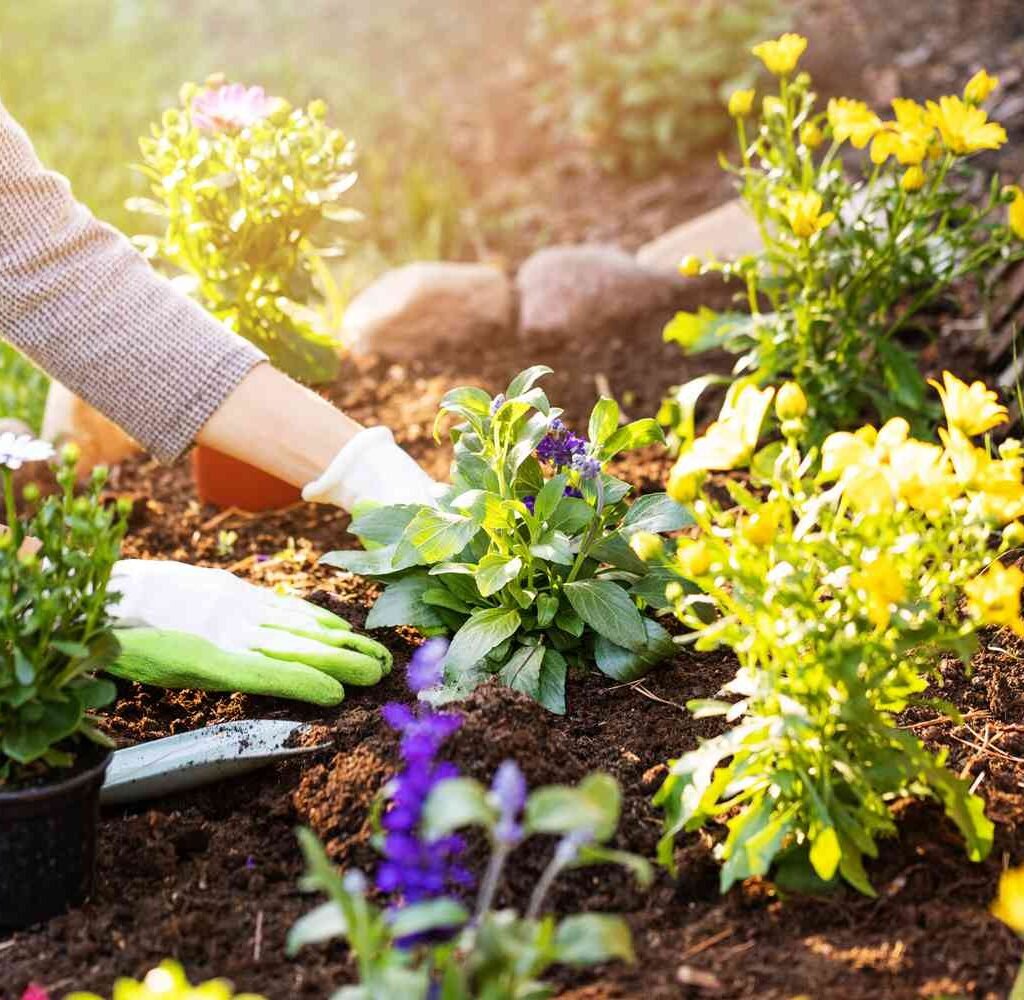
One of the first steps in preparing your garden for the colder months is a thorough cleanup. Dead annuals, spent perennials, and fallen leaves may seem harmless, but they can harbor fungal spores, pests, and diseases that overwinter and attack your plants in spring.
Expert Tip:
Remove all plant debris—especially tomato vines, squash leaves, and other disease-prone plants—and dispose of them in the trash, not the compost pile. If the material is healthy, you can chop it up and compost it to return nutrients to the soil.
Cleaning up now not only prevents pest problems but also makes your garden look tidy and well-maintained through winter.
2. Cut Back Perennials (But Not All of Them)
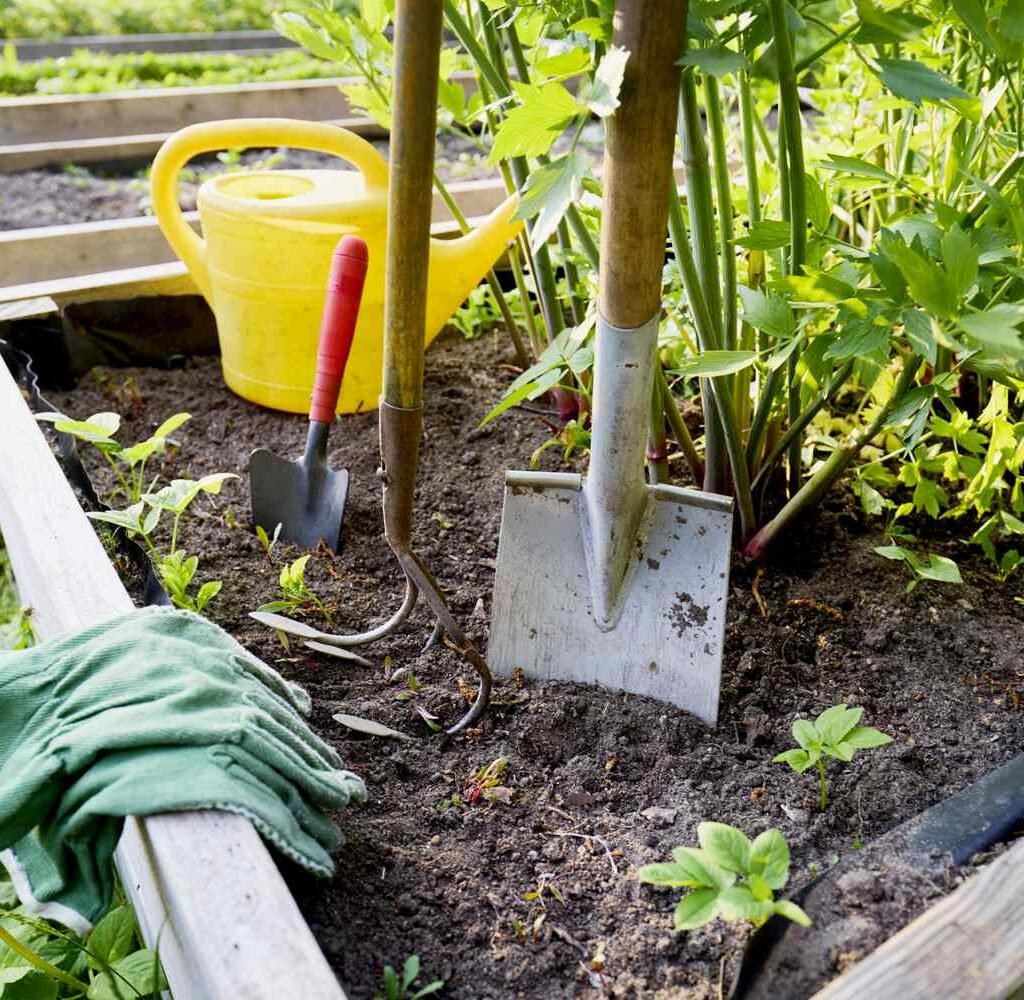
Cutting back perennials helps keep your garden healthy and manageable. Many plants like daylilies, hostas, and peonies benefit from having their dead foliage trimmed to about 2–3 inches above the ground.
However, don’t cut back everything. Some perennials, such as coneflowers, sedum, and ornamental grasses, add winter beauty and provide seeds for birds.
Expert Tip:
Gardeners recommend a balanced approach—trim what’s diseased or unsightly but leave plants that offer structure and food for wildlife. You can always tidy them up in early spring before new growth starts.
3. Mulch and Protect Your Soil
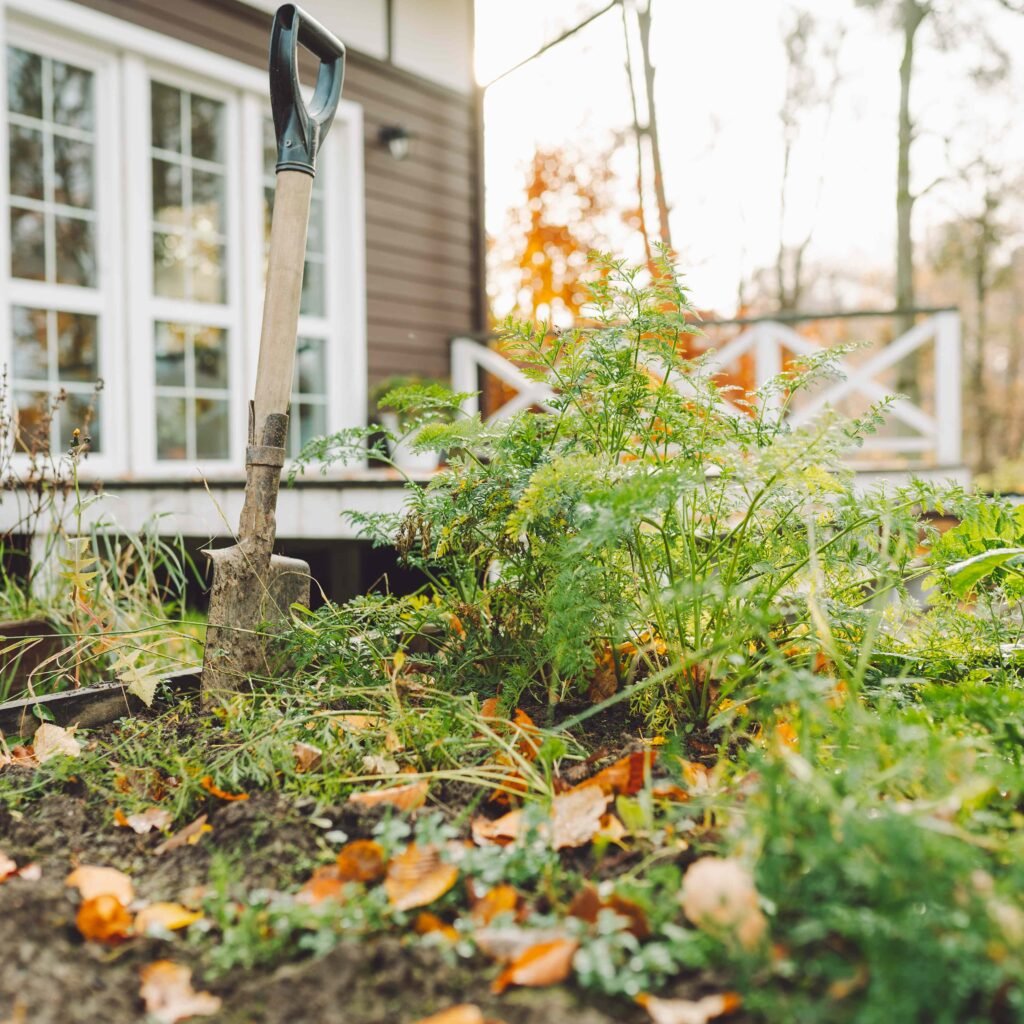
Mulching in fall is one of the most overlooked yet powerful ways to protect your garden. A 2–3 inch layer of organic mulch—like shredded leaves, bark, or compost—acts as a blanket for your soil. It helps regulate temperature, retain moisture, and prevent winter erosion.
Expert Tip:
Apply mulch after the ground begins to freeze slightly to prevent rodents from nesting in it. Use leaf mulch or compost for vegetable beds and fine bark mulch for flower gardens. Over time, this organic layer breaks down and enriches the soil, giving you a healthier garden next year.
4. Plant Spring-Blooming Bulbs
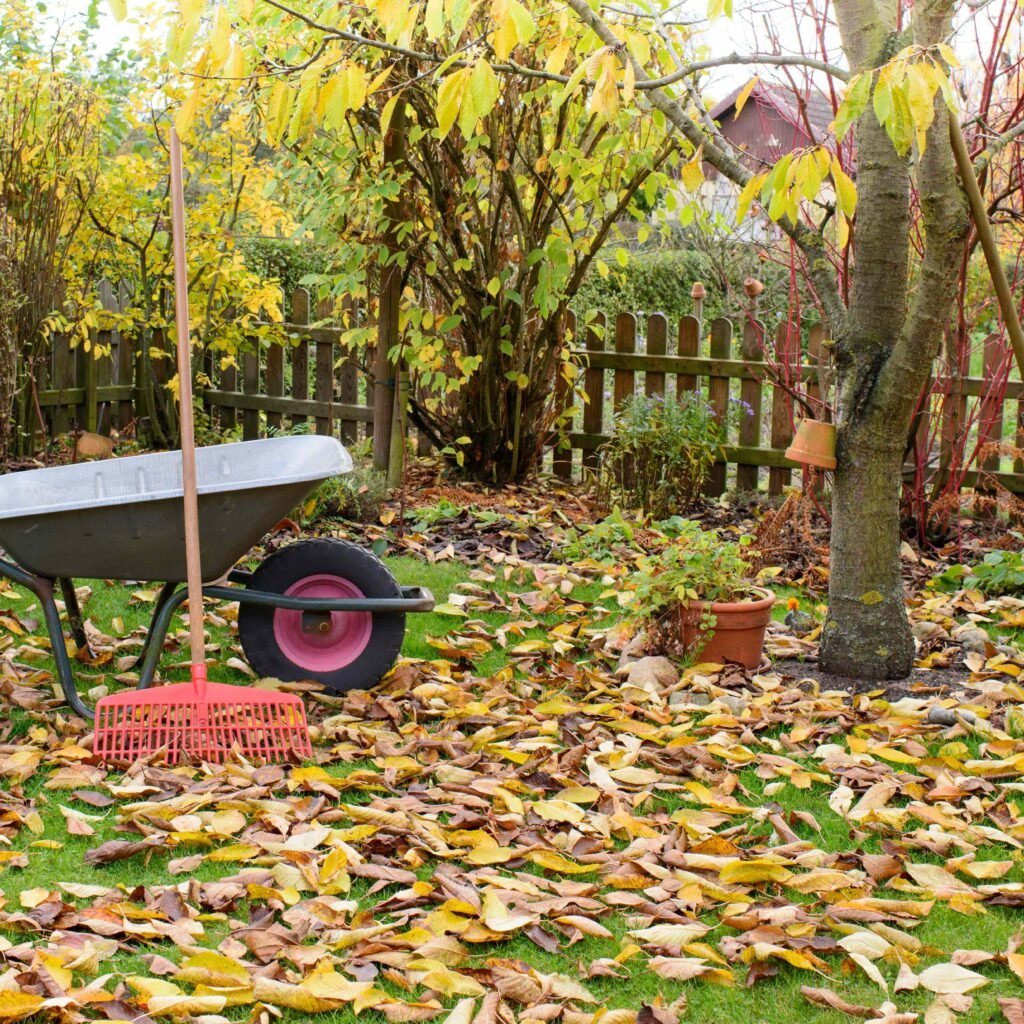
Fall is the perfect season to plant tulips, daffodils, crocuses, and hyacinths for a stunning spring display. These bulbs require a period of cold dormancy to bloom, which makes autumn planting essential.
Expert Tip:
Plant bulbs about two to three times deeper than their height and in well-draining soil. For a natural look, scatter bulbs randomly rather than planting them in straight rows. Adding bone meal or bulb fertilizer at planting time helps them establish strong roots before winter.
This simple step rewards you with cheerful color right when you need it most—after months of gray winter.
5. Feed and Amend Your Soil
Healthy soil is the foundation of a thriving garden. Fall is an excellent time to add organic matter, compost, or well-rotted manure, giving it time to break down and improve soil texture over winter.
According to experts, feeding the soil now means feeding your plants later. Nutrients will slowly become available as the soil warms up in spring, ensuring your plants have the energy they need to grow strong and resilient.
Expert Tip:
After clearing your beds, spread a 1–2 inch layer of compost over the surface. You can lightly till it into the top few inches or simply let winter rains help it seep in naturally.
6. Rake and Reuse Fallen Leaves Wisely
Fallen leaves can be both a blessing and a curse. While thick layers can smother your lawn or garden beds, shredded leaves make excellent mulch or compost.
Experts suggest raking leaves from your lawn to prevent fungal issues but using them strategically elsewhere. When shredded, they improve soil structure, increase microbial activity, and retain moisture.
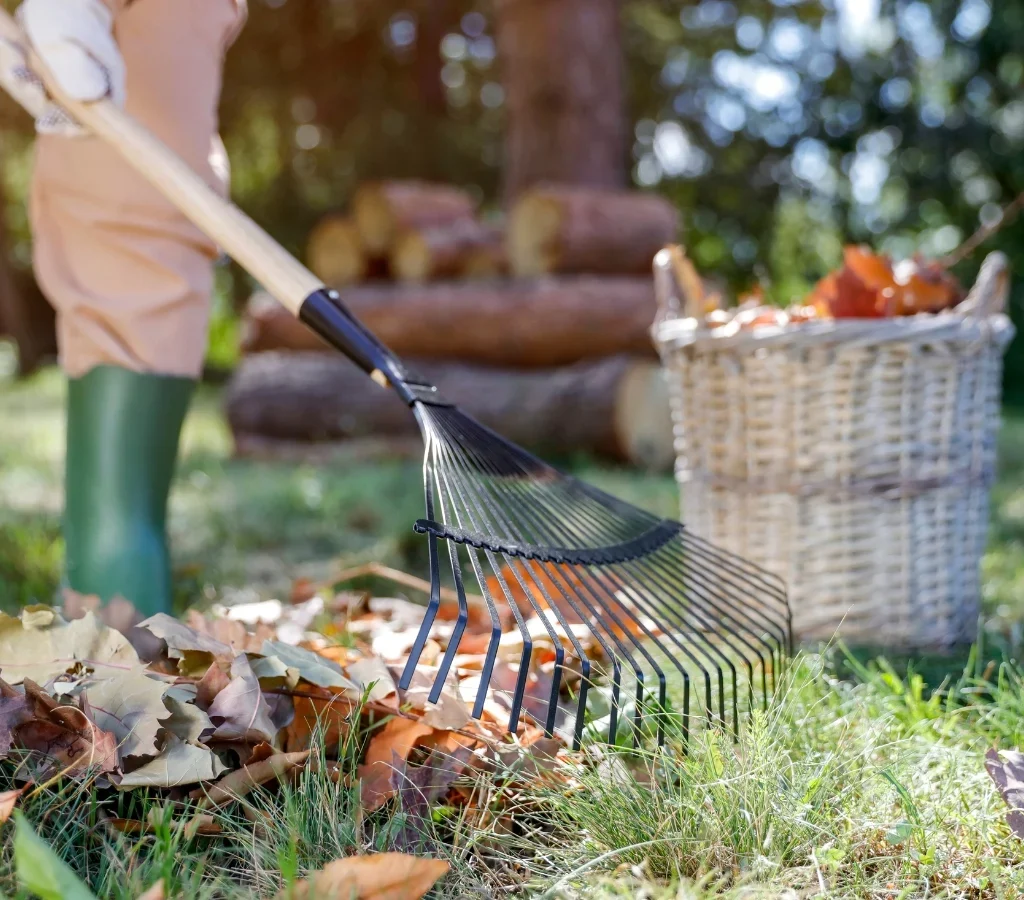
Expert Tip:
Run your lawnmower over a pile of dry leaves to shred them easily. Spread the mulch around perennials, shrubs, and trees, or add it to your compost bin as a carbon-rich ingredient.
This not only saves money but also turns yard waste into garden gold.
7. Prune Trees and Shrubs (But with Care)
Fall pruning helps shape trees and shrubs and removes dead or damaged branches that could break under snow or ice. However, timing matters—avoid heavy pruning of spring-blooming shrubs like lilacs and azaleas since they form buds in fall for next year’s flowers.
Expert Tip:
Focus on removing crossing, diseased, or weak branches that could cause problems. Late fall, after leaf drop but before deep frost, is the best time for structural pruning. Always use sharp, clean tools to prevent disease spread.
By pruning strategically, you encourage healthy growth and reduce storm damage risk during winter.
8. Water Deeply Before the Ground Freezes
One of the biggest mistakes gardeners make is forgetting to water in fall. Even though temperatures drop, your plants still need moisture to survive winter. Dry roots can suffer severe damage from frost heaving or dehydration.
Expert Tip:
Give trees, shrubs, and perennials a deep soak before the first hard freeze. Focus on evergreens and newly planted specimens, as they lose moisture through their leaves even in cold weather. Water early in the day so excess moisture can absorb before nightfall.
If you live in a region with dry winters, this single step can make the difference between survival and loss.
9. Protect Tender Plants and Garden Equipment
Before winter hits, take time to protect tender plants and prepare your tools for storage. Move container plants indoors or into sheltered areas. Wrap sensitive shrubs like roses or hydrangeas with burlap or cover them with frost cloth to prevent cold damage.
Expert Tip:
Drain garden hoses and store them indoors to prevent cracking. Clean, sharpen, and oil your gardening tools before putting them away—this prevents rust and keeps them ready for spring.
If you have raised beds, consider adding a cold frame or row cover to extend your growing season or protect winter greens.
Bonus: Plan Ahead for Next Year
Once the garden is tucked in for winter, take a few moments to plan for next season. Make notes on what thrived, what struggled, and what new plants you’d like to try. Fall is also a great time to order seeds, sketch bed layouts, and dream up new color combinations.
Expert Tip:
Keep a garden journal or take photos throughout the year to guide your future planting decisions. By reflecting now, you’ll save time and avoid repeating mistakes in spring.
Final Thoughts
Fall gardening isn’t just about closing the season—it’s about setting the stage for success. Each of these nine tasks plays a role in protecting your plants, enriching your soil, and ensuring your garden thrives year after year.
By cleaning up, mulching, planting, watering, and planning ahead, you’re giving your garden a head start while nature rests. As experts remind us, gardening is a year-round commitment, and those who invest time in fall reap the most colorful, abundant rewards when spring returns.
So before you put away your gloves, give your garden a little extra love this autumn—it will thank you with lush blooms, healthier plants, and a vibrant outdoor space that welcomes the new season beautifully.
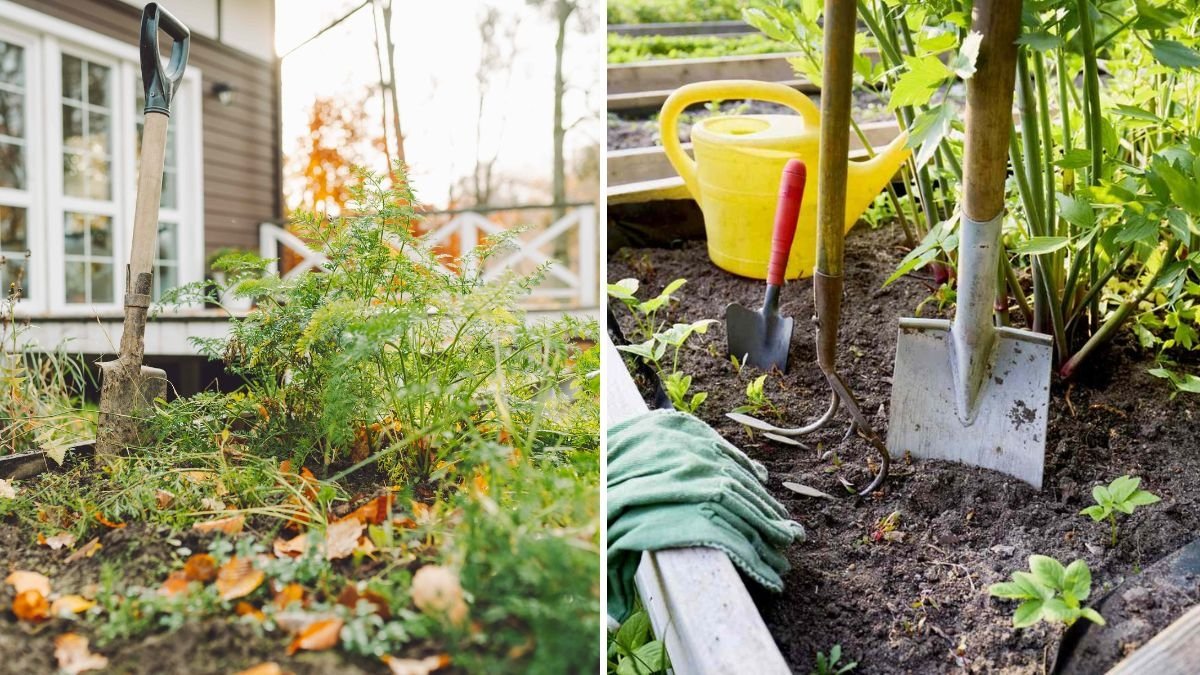




Leave A Comment